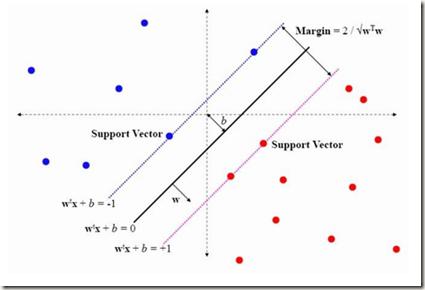The demand for high efficiency and precise control in electric drive systems has led to the widespread adoption of Interior Permanent Magnet Synchronous Motors (IPMSMs). The performance of these motors is significantly influenced by rotor geometry. Traditionally, rotor shape analysis has been conducted using the finite element method (FEM), which involves high computational costs. This study aims to classify the rotor shape (2D type, V type, Nabla type) of IPMSMs using electromagnetic parameters through machine learning-based methods and to demonstrate the applicability of this approach as an alternative to classical methods. In this context, a custom deep learning model, KS-Net, developed by the user, was comparatively evaluated against Cubic SVM, Quadratic SVM, Fine KNN, Cosine KNN, and Fine Tree algorithms. The balanced dataset, consisting of 9,000 samples, was tested using 10-fold cross-validation, and performance metrics such as accuracy, precision, recall, and F1-score were employed. The results indicate that the Cubic SVM and Quadratic SVM algorithms classified all samples flawlessly, achieving 100% accuracy, while the KS-Net model achieved 99.98% accuracy with only two misclassifications, demonstrating competitiveness with classical methods. This study shows that the rotor shape of IPMSMs can be predicted with high accuracy using data-driven approaches, offering a fast and cost-effective alternative to FEM-based analyses. The findings provide a solid foundation for accelerating motor design processes, developing automated rotor identification systems, and enabling data-driven fault diagnosis in engineering applications.
翻译:暂无翻译





